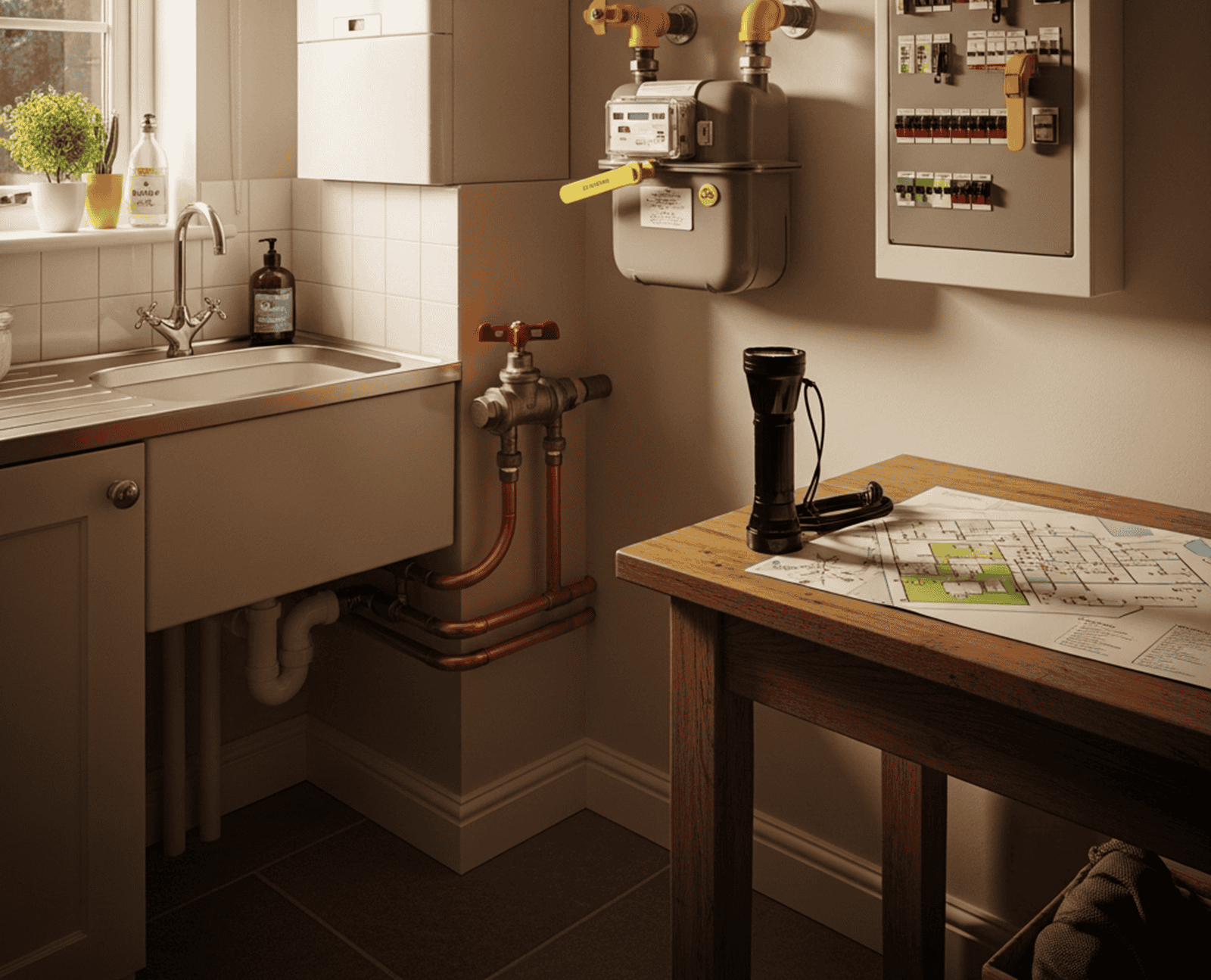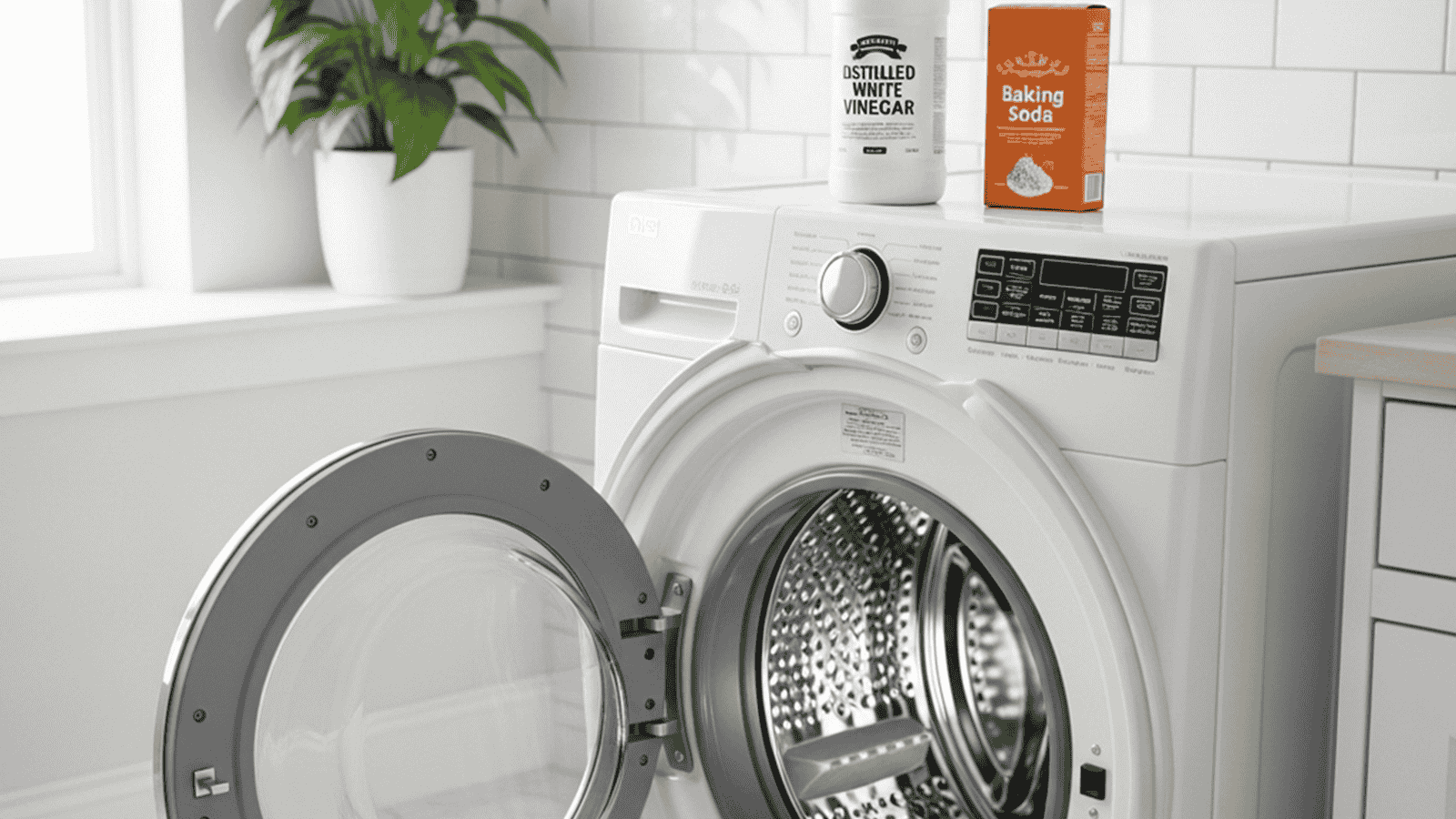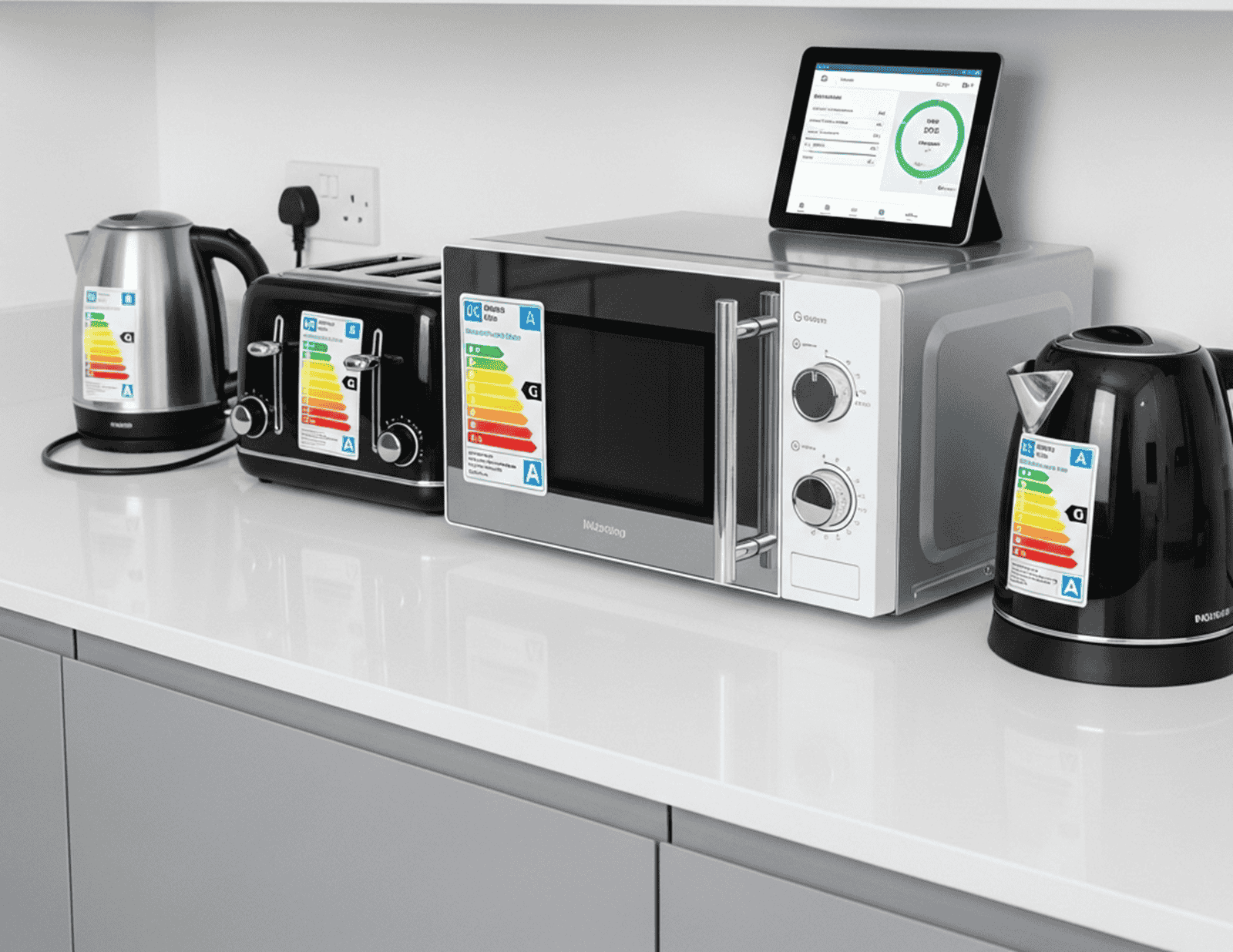
How Much Does Boiler Repair Cost Without Insurance? UK Price Guide 2025
Most UK boiler repairs land between £120–£750; emergency call-outs often run £225–£675. Reported averages range from ~£300 to ~£435 depending on the source and job.
Quick Answer: Most UK boiler repairs land between £120–£750; emergency call-outs often run £225–£675. Expect higher rates in London/South-East; off-hours and bank holidays add a premium. Parts drive big swings: PCBs, fans, pumps and heat exchangers are common replacements.
UK Boiler Repair Cost Table (2025)
| Item | Typical 2025 Range (Parts + Labour) | Notes |
|---|---|---|
| Emergency call-out (incl. first hour) | £85–£150 | Higher nights/weekends/bank holidays |
| Engineer hourly rate (after first hour) | £50–£80 | Region and time dependent |
| Pump replacement | £200–£350 | Common on older systems |
| PCB (circuit board) | £275–£500 | Costly electronic part |
| Fan | £150–£300 | Airflow/combustion component |
| Gas valve | £200–£350 | Safety-critical |
| Heat exchanger | £350–£600+ | Often tip-over point |
Is home emergency insurance worth it?
- If your boiler fails suddenly and is within policy age/conditions, home emergency cover can arrange an approved engineer with parts, labour and call-out up to your claim limit (e.g., up to £1,000 per claim).
- Contributions: up to £250 if a <7-year boiler is beyond economic repair; £40 toward temporary heating if parts delay reinstatement; up to £250 for emergency accommodation if the home is uninhabitable for >48 hours (policy-dependent).
- Compare that to a typical emergency repair of £225–£675 plus parts, especially in peak winter or London.
How to handle a breakdown (simple steps)
- Check basics: thermostat on, system pressure ~1–1.5 bar, error code noted.
- If you smell gas, turn off the supply, ventilate, and call 0800 111 999 immediately (24/7, free).
- If you have cover, call your 24/7 claims line for triage and an approved engineer; keep photos and receipts for any allowed contributions.
Q&A
- How much is a boiler call‐out? £85–£150 first hour, premium for nights/weekends.
- Average repair cost? £300–£435 depending on job and data sources.
- Repair vs. replace? Major parts pushing £350–£600+ may signal replacement.




